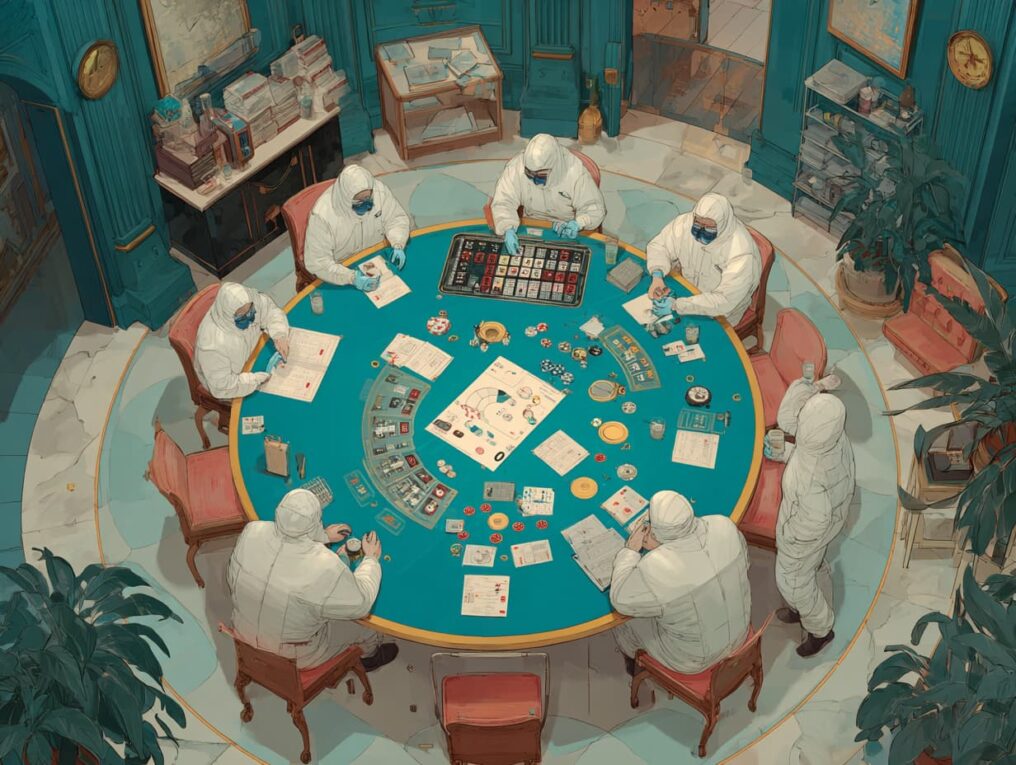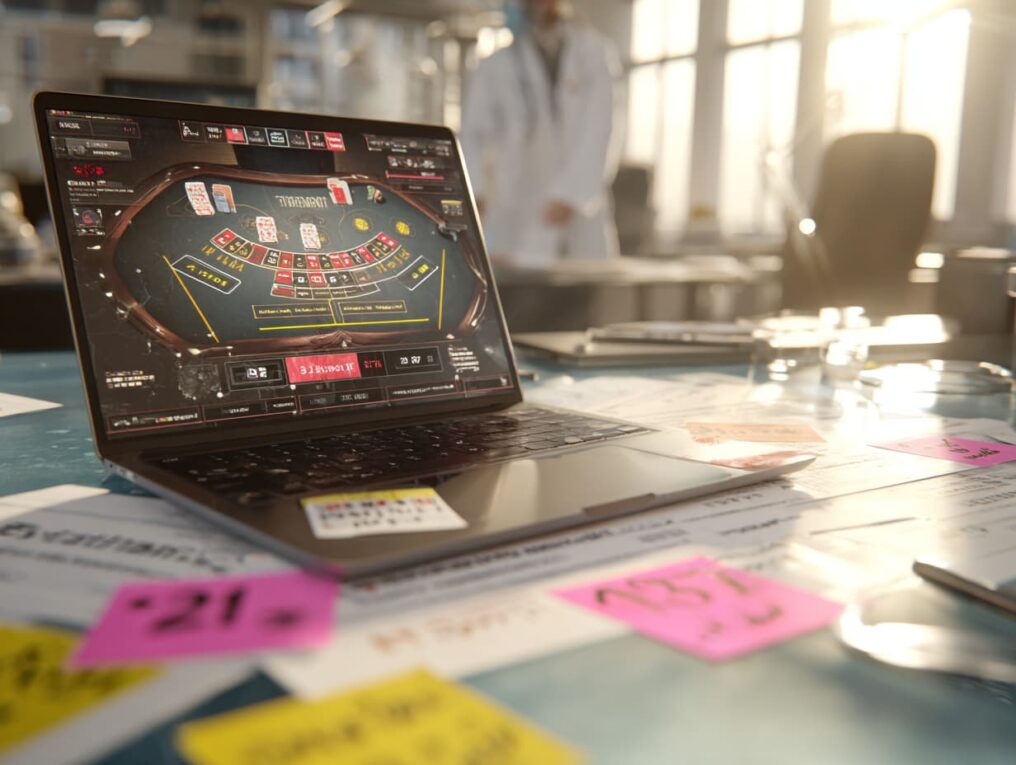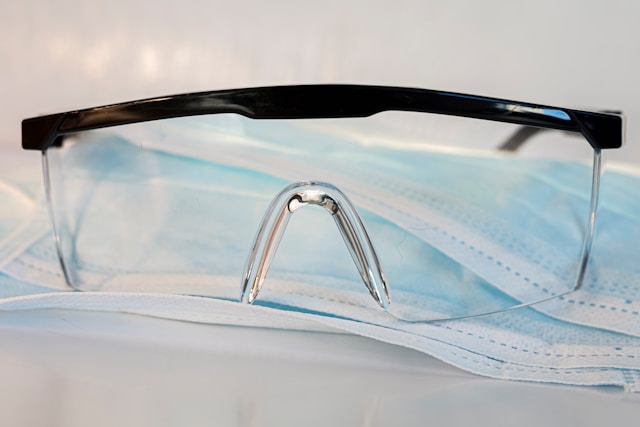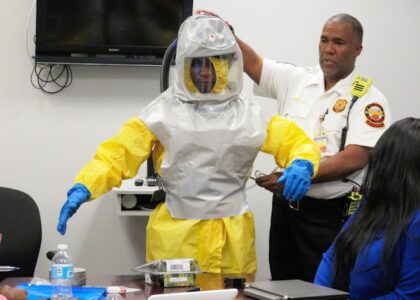I saw a Honeywell engineer describe how he had been using blackjack math to predict when hard hats would crack at a safety conference in Houston three years ago. There was silence in the room. Half of the crowd believed he was insane. The other half began making notes.
The man was right on the money, it turned out. Your safety equipment’s likelihood of failing next month or next year is determined by the same math that tells you when to hit on 16 against a dealer’s 10. The crux of both issues is estimating risks in the absence of perfect information.
Predicting when life-saving equipment might malfunction before it actually kills someone is a difficult task for PPE engineers. The same problem, but simpler, is faced by blackjack players: predicting the cards that will be dealt when only a portion of the deck is visible. The mathematical instruments are the same.

The Math That Actually Matters
It’s not about luck when playing blackjack. Professional players are aware that a 1.5% house edge means they will lose precisely $15 for every $1,000 wagered over thousands of hands. The numbers that PPE engineers work with are almost the same. They create safety gear with the knowledge that, with a 2% yearly failure rate, 20 out of 1,000 helmets will break with typical use.
These numbers aren’t arbitrary. Both originate from calculations of expected values that are familiar from any statistics textbook. Whether you’re figuring out equipment lifespans or card probabilities, the formula doesn’t care.
As they discover which cards have been played, card counters adjust their approach. PPE engineers use failure data in a similar manner. Every broken harness or cracked helmet offers fresh data that modifies their forecasts for the performance of the equipment in the future.
In both worlds, the variance problem is present. Even with flawless strategy, a blackjack player may lose ten consecutive hands. Despite having strong design specifications, a PPE manufacturer may witness three helmet failures in a single week. Engineers can avoid panicking over typical statistical fluctuations by understanding variance.
Although the term “Bayesian probability” is frequently used in academic writing, it really means that you start with your best estimate and then revise it in light of new information. This is instinctive for blackjack players. Spreadsheets and reliability software are used by PPE engineers.
Decision Making Under Pressure

Despite their complex appearance, blackjack strategy charts are simply decision trees that simultaneously take into account several variables. Similar charts are produced by PPE engineers when selecting various materials, safety considerations, and design methodologies.
When choosing whether to double down, a blackjack player considers the possibility of improving their hand as well as the possibility of losing twice their wager. When determining whether costly titanium alloys are more cost-effective than regular aluminum, PPE engineers perform parallel calculations. Quantifying risk-reward trade-offs is necessary for both choices.
Despite their fancy name, Monte Carlo simulations are simply computer programs that repeatedly run the same scenario with minor modifications millions of times. They are used by casinos to test new games. They are used by PPE manufacturers to test the performance of their equipment in a variety of temperature ranges, impact angles, and wear patterns.
Regardless of how favorable the odds appear, professional gamblers never wager more than two to five percent of their entire bankroll on a single hand. PPE engineers apply the same principle when setting safety factors. Without making equipment so costly or heavy that employees won’t use it, they incorporate enough redundancy to withstand unforeseen stresses.
Real Problems, Real Solutions
PPE producers began to see trends in warranty claims that made them think of security footage from casinos. Manufacturing flaws can be found before they become safety hazards using the same statistical methods used by catch card counters.
In the past, failure analysis relied on industry experience and educated guesses. Engineers now monitor equipment performance in the same way that blackjack players monitor the composition of their decks. They are searching for patterns that deviate from the norm and indicate systemic issues.
Casino operations provided sampling techniques to quality control departments. Manufacturers weigh testing costs against statistical confidence when determining how many units to inspect from each production batch, much like casinos weigh game speed against security when determining how many cards to deal before shuffling.
When engineers began to think like professional gamblers, maintenance scheduling became increasingly complex. They use failure probability curves to determine the best time to replace equipment rather than following set schedules. The calculations are almost the same as those used in bankroll management techniques.

Tools That Cross Industries
PPE engineers now utilize the following tools on a daily basis thanks to the software revolution in gambling analysis:
- Weibull distribution models that predict when equipment components will wear out
- Poisson calculations for estimating the probability of rare catastrophic failures
- Conditional probability analysis for understanding how one equipment failure might trigger others
- Statistical control charts adapted from casino game monitoring systems
- Reliability optimization algorithms originally designed for betting system development
Virtual safety equipment is now subjected to durability tests by computer programs created to replicate millions of blackjack hands. Manufacturers can find subtle trends in failure data using the same regression analysis that helps casinos identify odd betting patterns.
Professional gambling teams’ risk management frameworks provide PPE engineers with organized methods for making safety-related decisions. Avoiding cognitive biases that result in subpar engineering decisions is directly related to the methodical mathematical thinking needed for sustained gambling success.
PPE manufacturers process vast amounts of field performance data with the aid of database analysis techniques borrowed from the gaming industry. Techniques for spotting unusual player behavior are also effective at spotting odd equipment failure trends that could point to design flaws.
There’s a reason for this crossover. Both sectors deal with low-probability, high-impact situations where mathematical accuracy can make the difference between safety and disaster or between profit and bankruptcy. Because money was on the line, the gambling industry spent decades creating advanced statistical tools. Because lives are on the line, PPE engineers adopted those same tools.
The application of the mathematical frameworks is irrelevant to them. Whether you’re estimating the likelihood of drawing an ace or forecasting when a safety harness will break, probability theory applies in the same way. Understanding this link gives engineers access to decades of improved analytical methods that can increase the dependability of their safety equipment and the safety of their employees.





